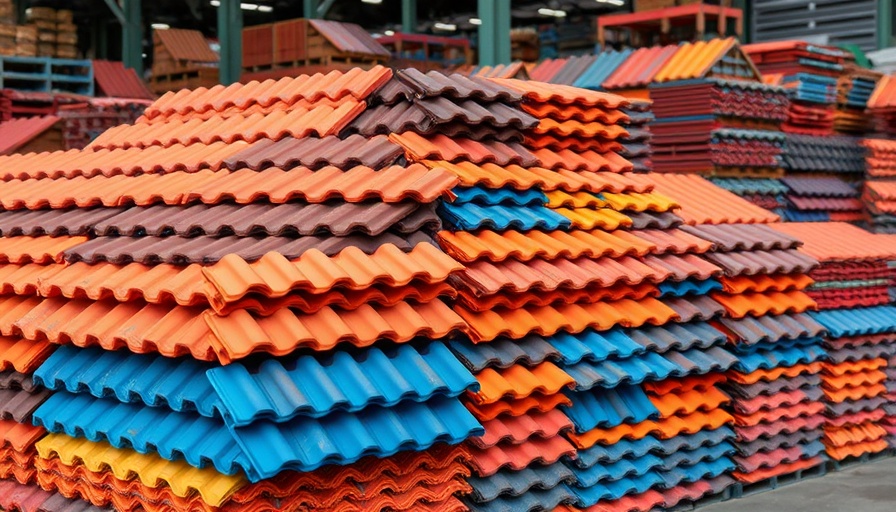
The Essentials of Roof Tile Adhesives: A Clear Guide
Choosing the right roof tile adhesive is critical for ensuring durability and efficiency in construction projects. Whether you're a business owner handling multiple properties or a facility manager responsible for maintaining building integrity, understanding the differences between single-component and two-component adhesives is essential. This article provides insights that not only clarify these options but also highlight the long-term benefits they offer, particularly for cost-conscious developers.
What Are Single- and Two-Component Adhesives?
Single-component roof tile adhesives are ready to use out of the container, featuring a formulation that combines all necessary ingredients. This makes them convenient and less prone to errors during application. In contrast, two-component adhesives require mixing before use, typically combining a resin and a hardener to achieve superior bonding strength. While the upfront cost of two-component options may be higher, they can offer enhanced performance, particularly in challenging environments.
Cost-Benefit Analysis: Is It Worth It?
For many developers, the decision often boils down to cost versus performance. Single-component adhesives may seem appealing due to their lower price point, but the potential for issues down the line—such as extensive repairs or replacements—can counteract these savings. A study conducted in 2021 indicated that projects utilizing two-component adhesives experienced 35% fewer failures compared to those reliant on their single-component counterparts.
Sustainability as a Driving Factor
In today's market, sustainability cannot be overlooked. More businesses are balancing their budgets with environmentally conscious decisions. Two-component adhesives often contain fewer volatile organic compounds (VOCs) than traditional single-component options, aligning with green building practices. By opting for more sustainable products, companies not only improve their environmental footprint but can also potentially qualify for tax incentives and rebates.
Evaluating Performance in Various Conditions
Roofing materials face numerous environmental challenges such as moisture, temperature fluctuations, and UV radiation. Two-component adhesives excel in these scenarios, as they generally offer better bonding in extreme conditions. This reliability proves crucial for facilities located in varying climates. Property developers aiming to ensure longevity should consider this factor seriously when choosing the adhesive that will protect their roofs.
Future Trends in Roof Tile Adhesives
As technology advances, we can anticipate exciting developments in adhesive formulations. Innovations such as bio-based adhesives are on the rise. These products not only preserve eco-balance but also encourage building owners to embrace sustainability actively. Keeping an eye on emerging trends can empower facility managers to make informed decisions about future projects, ensuring both economic and environmental stability.
Concrete Actions to Take Now
Before undertaking any roofing project, evaluate the specific needs of your site. Engage with suppliers to understand the latest products and innovations in the market. Additionally, consider the long-term savings associated with investing in higher-quality adhesives. By choosing products wisely today, you can create extraordinary value for your business and your community.
Getting informed about the types of adhesives available is just the start. As you navigate the construction landscape, remember that the best choices often involve balancing immediate costs with long-term gains. To stay ahead, continually seek information about sustainable building practices and technological advancements in the construction sector.
 Add Row
Add Row  Add
Add 




Write A Comment